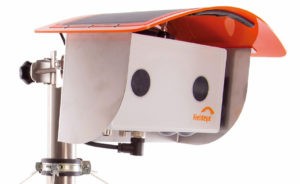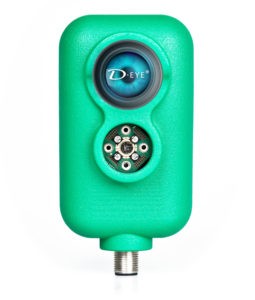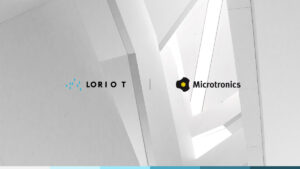 „A picture is worth a thousand words” – says an old idiom. This may sound trite but has a lot of truth in it. Sensors record information from distant and globally distributed measuring sites. However this data must then be interpreted to trigger the necessary actions. Often an image would be helpful.
„A picture is worth a thousand words” – says an old idiom. This may sound trite but has a lot of truth in it. Sensors record information from distant and globally distributed measuring sites. However this data must then be interpreted to trigger the necessary actions. Often an image would be helpful.
High resolution agricultural monitoring
Think of agricultural fields where you can measure information about temperature, air pressure, rainfall and other growing factors. Combined with years of experience, conclusions can be drawn here already. However much more worthwhile this monitoring could take place with the help of regular photos. Fieldeye has assumed this task. With the integrated solar panel Fieldeye is fully autonomous and hasn’t to rely on any infrastructure which is often difficult to find on the field. Two 13 megapixel cameras make once or twice a day a photo of the field. Therefore, also influences beyond weathering such as varmints are detected at an early stage. Via GSM data is sent to the server. With the optional integrated weather station you will also receive information on temperature and can create comprehensive analyzes.
 Keep an eye on overflow basins
Keep an eye on overflow basins
Another example is the monitoring of overflow basins. The height of the water level can be easily measured with a level sensor. When reaching a defined threshold, an alarm is sent. While it was originally necessary to send an employee to the measuring site to document the overflow exactly because of legal requirements, this is no longer necessary thanks to D-Eye. Once the threshold is reached, D-Eye begins to take pictures in regular intervals and sends them to the server. Employees can now, after looking at the photo, decide whether a drive to the site is necessary or not. In addition, D-Eye has a zoom function to make detailed photos of the measuring site. Thanks to the optimized transmission protocol, the data is compressed to a minimum and allows a transmission via GSM.
Diverse applications possible
Both Fieldeye and D-Eye can be used for the application of visual monitoring. The applications are not restricted to the monitoring of field or overflow basins. Both systems can be used in every conceivable application. Fieldeye and D-Eye have some fundamentally different properties. While Fieldeye is self-contained, D-Eye requires a battery. With D-Eye you can always trigger the recording of a current photo on the web platform. Use the zoom function to obtain a detailed picture. Fieldeye instead uses two different cameras (wide angle and zoom camera) to make detailed and summary photos.

rapidM2M M230 for your own camera application
The new rapidM2M M230 provides an 8-14bit camera interface and a display support. Therfore you can quickly create your own application. The rapidM2M M230 is a powerful module that meets the specific requirements of a camera and display support. In addition, the rapidM2M M230 offers the possibility to store firmware on the file system, to ensure a safe and stable update function even with poor reception. The rapidM2M M230 module ensures that even large amounts of data are loaded onto the device. Subsequently, a firmware update, for example for your Linux system, can be carried out.
Prototypes of rapidM2M M230 are available at the end of the year. If you are interested in one of the first new rapidm2m M230, please contact the Microtronics support team.


